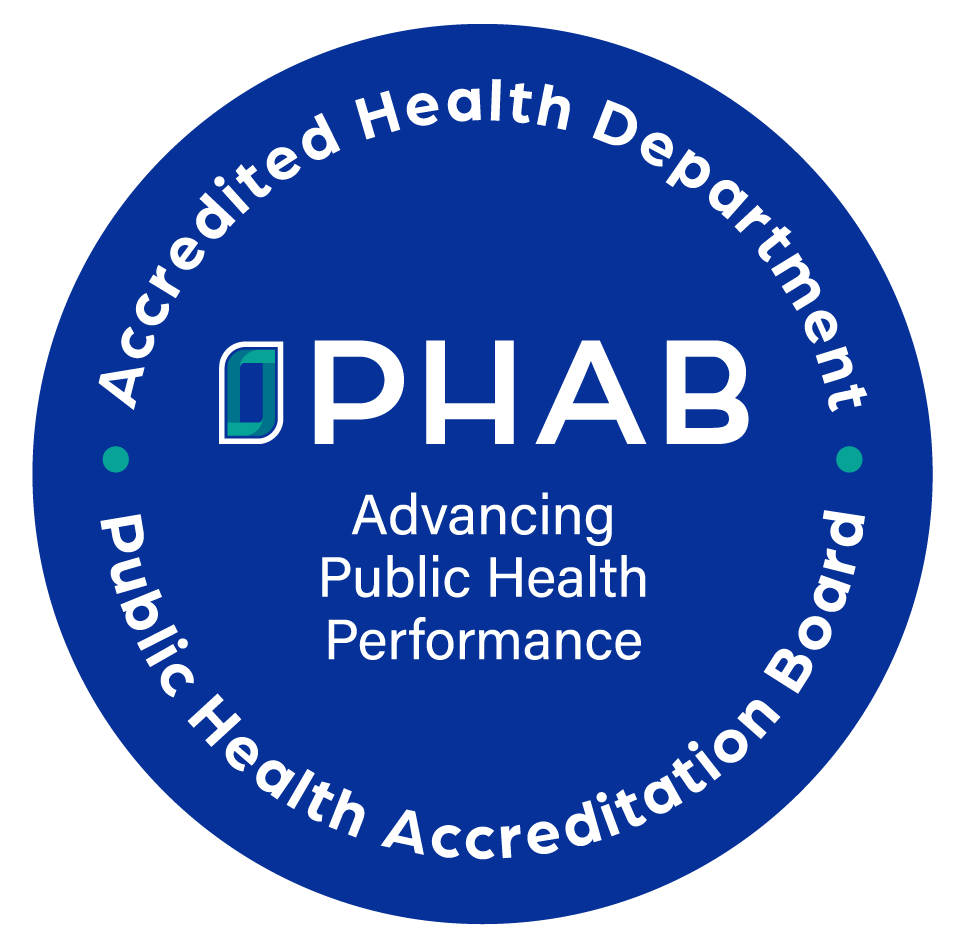
SEWAGE TREATMENT PROGRAM
Properly designed and installed sewage treatment systems (STS) along with periodic maintenance ensure sewage is sufficiently treated prior to disposal. Protecting the public and the environment from disease-causing organisms and toxic pollutants is equally as important as having a system that drains freely.
For this reason, sanitarians from the Environmental Health Division assess site and soil information to design systems that are specific to the location. The slope, surface features, isolation distances, soil morphology,and amount and type of waste flows are all incorporated into the design calculations.
Once a sewage treatment system is installed and approved, routine maintenance is critical to ensure a safe, viable, long-lasting system.
A permit is required from the Health Department to install, repair, or replace a STS that serves a dwelling or a building that generates less than 1000 gallons of waste per day. Installers, Haulers, and Service Providers are registered through the Health Department and must be covered by general liability insurance and a statewide bond.
For this reason, sanitarians from the Environmental Health Division assess site and soil information to design systems that are specific to the location. The slope, surface features, isolation distances, soil morphology,and amount and type of waste flows are all incorporated into the design calculations.
Once a sewage treatment system is installed and approved, routine maintenance is critical to ensure a safe, viable, long-lasting system.
A permit is required from the Health Department to install, repair, or replace a STS that serves a dwelling or a building that generates less than 1000 gallons of waste per day. Installers, Haulers, and Service Providers are registered through the Health Department and must be covered by general liability insurance and a statewide bond.
SEWAGE TREATMENT SYSTEMS (STS) PERMIT APPLICATIONS
- STS Abandonment Permit Application
- STS Permit Application
- STS Operation Permit Renewal Application
- NPDES Permit Application
STS INFORMATION
- STS Permitting Process
- STS Rules - OAC 3701-29
- STS Construction Guidelines
- Residential Building Information
- NPDES Information
- Septic Tank Fact Sheet
- Outlet Filter Fact Sheet
- Leach field Fact Sheet
- Water Softener Fact Sheet
- STS Layout/As Built Form
- What to do in an Emergency
- Indoor Sewer Odor Causes & Solutions
- Outdoor Septic Odor Causes & Solutions
STS PROFESSIONALS
- Soil Scientists
- STS Installers
- STS Service Provider
- Septage Hauler
- Environmental Designers & Local Soil Scientists
REGISTRATION INFORMATION FOR STS CONTRACTORS
ADDITIONAL RESOURCES
Ohio Department of Health:
ENVIRONMENTAL PROGRAMS
- Map Based Permit Search
- Animal Bites & Rabies Control
- Beach Monitoring & Harmful Algal Blooms
- Bed Bugs
- Building Placement Permit
- Campgrounds
- Food Safety
- Indoor Environment
- Mosquitoes and Ticks
- Nuisances
- Plumbing Program
- Pools & Spas
- Private Water Systems
- Property Inspection
- Property Splits & Subdivisions
- School Safety
- Sewage Treatment Systems
- Solid Waste & Recycling
- Tattoo & Body Piercing
PROGRAM FEES
PHONE
740-385-3030 ext. 2


